Arts & Entertainment
Take a Tour of the Nation's Historic LGBT Landmarks

Take a virtual tour of the sites where Truman Capote, Bayard Rustin, the Furies Collective, and more made LGBT history.
October 19 2016 12:21 PM EST
trudestress
By continuing to use our site, you agree to our Privacy Policy and Terms of Use.

Take a virtual tour of the sites where Truman Capote, Bayard Rustin, the Furies Collective, and more made LGBT history.
Above: U.S. Interior Secretary Sally Jewell (center) at a press conference outside the Stonewall Inn in 2014, announcing a national initiative for recognizing LGBT history. (AP Photo/Bebeto Matthews)
A vacation house where Truman Capote wrote Breakfast at Tiffany's. A bar where the act of ordering drinks was a stand for gay rights. The apartment where Bayard Rustin lived while working to advance almost every social justice movement in the nation and world.
These are among the LGBT historic sites that have been recognized by the National Park Service over the past few years. And to mark its 100th anniversary, the National Park Service is highlighting LGBT history, along with the history of other long-marginalized groups.
This month, for National Coming Out Day, the Park Service released LGBTQ America: A Theme Study of Lesbian, Gay, Bisexual, Transgender, and Queer History, a document of more than 1,200 pages chronicling our history and the places it's been made. And this year the service officially recognized the historic nature of several sites associated with the movement for LGBT equality.
"In 2016 the National Park Service is marking our centennial anniversary and the ... 50th anniversary of the National Historic Preservation Act on October 15 with a renewed commitment to share a more complete history of our nation with the next generation of Americans," said National Park Service director Jonathan B. Jarvis in a press release. "Through heritage initiatives like the LGBTQ theme study, the National Park Service is commemorating the inspiring stories of minorities and women who have made significant contributions to our nation's history and culture."
The study, available online, was written by experts on LGBT history and coordinated by the Park Service with support from the National Park Foundation and funding from the Gill Foundation as part of a broader initiative under the Obama administration to ensure that the Park Service reflects and tells a more complete story of the people and events responsible for building this nation.
The year saw President Obama designate the Stonewall Inn and the area surrounding it as a National Historic Monument, making it the first one associated with LGBT history. The Stonewall, in New York City's Greenwich Village, was the site of a 1969 uprising by patrons against police harassment, an event that played a key role in launching the modern LGBT rights movement. In 2015 another important LGBT site, the Henry Gerber House in Chicago, was named a National Historic Landmark by Secretary of the Interior Sally Jewell. The two statuses differ primarily in the procedure by which properties are designated.
Also, in 2016 four LGBT-related sites were named to the National Register of Historic Places, bringing the total of such sites on the register to eight. This is a designation for which private property owners apply to the Park Service.
Watch a video about these historic sites below, and go through the following pages for more detailed information on each.
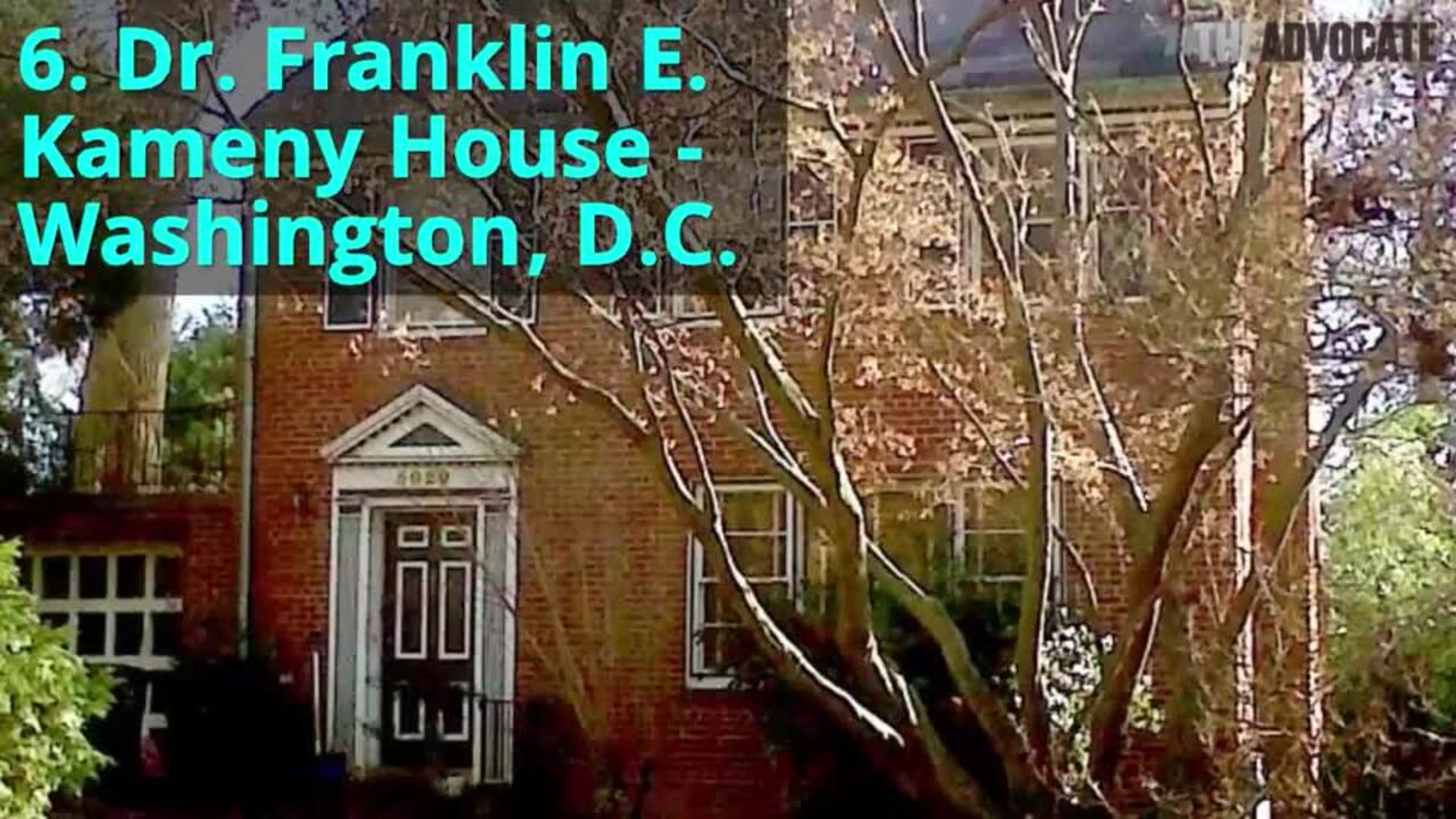
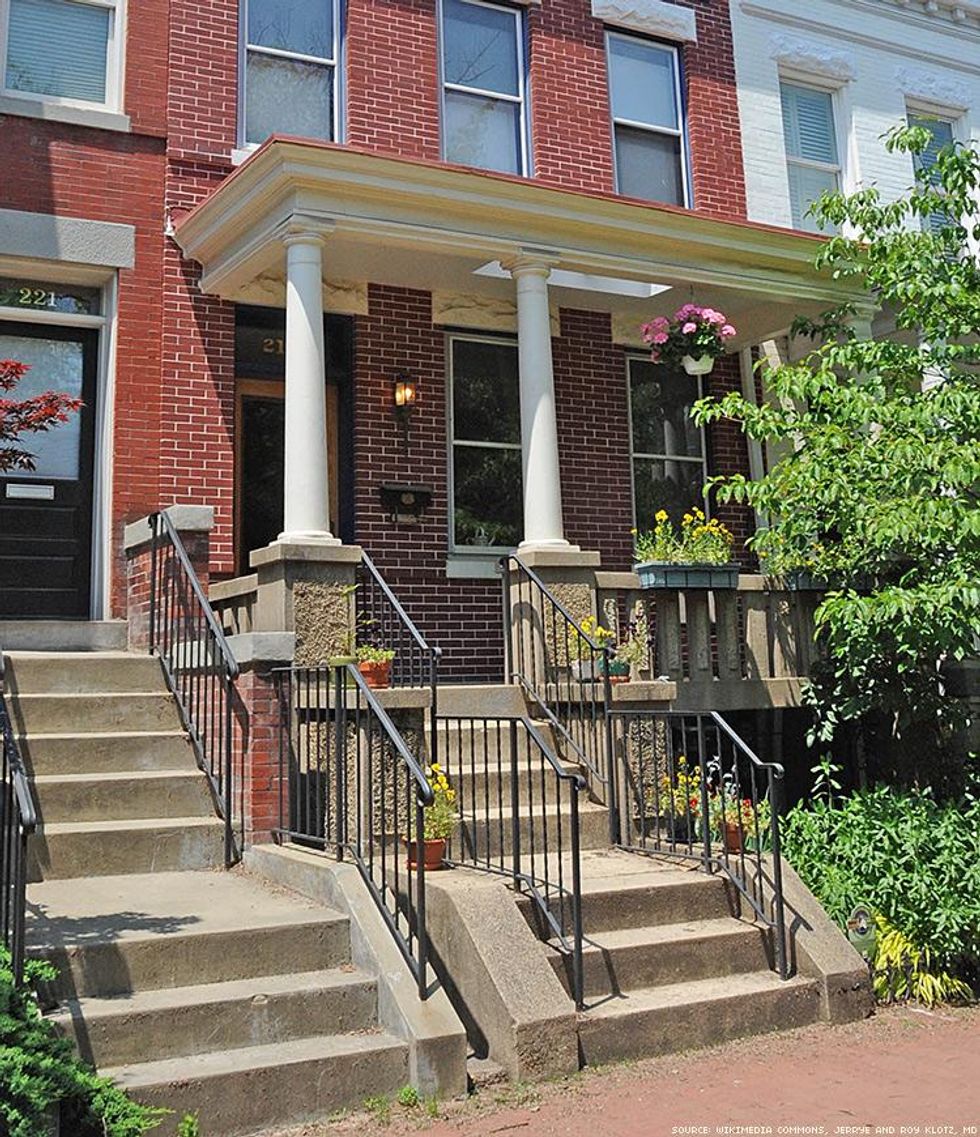
The Furies Collective, Washington D.C.
This site, named to the National Register of Historic Places in May, was the operational center of the Furies, a lesbian feminist separatist collective that was active primarily between 1971 and 1973 but remained influential for a much longer period. The 12 women in the collective published a lesbian feminist edition of Motive, a youth magazine of the United Methodist Church, and a tabloid-size newspaper titled The Furies, which addressed major questions of women's identity and their relationships with other women, with men, and with society at large. The publications set the agenda of lesbian and feminist discussion for years to come.
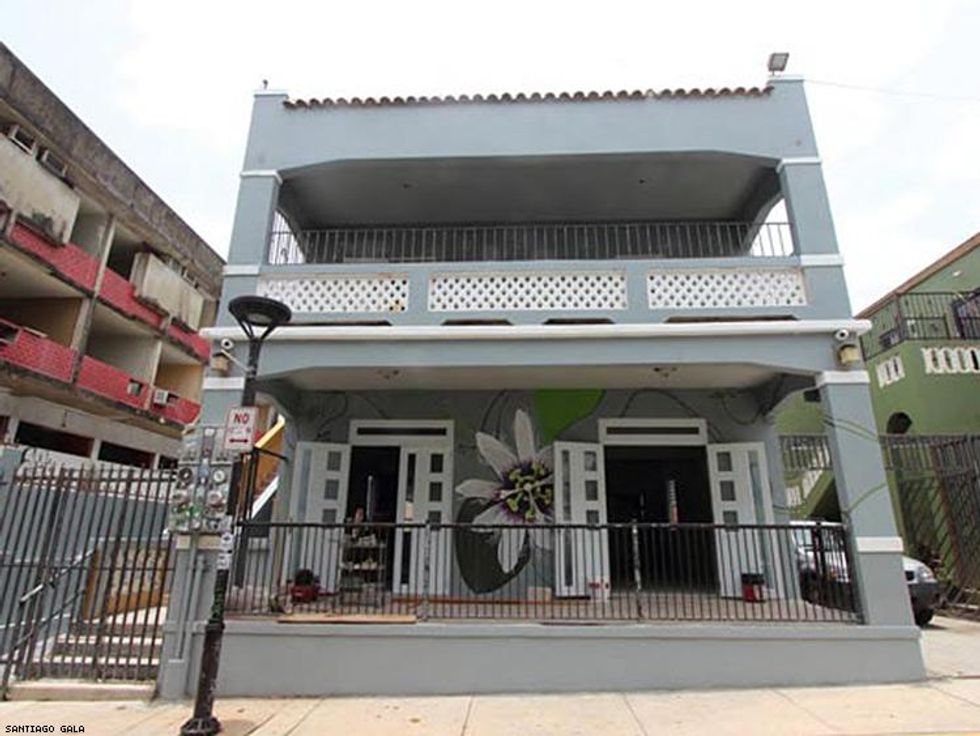
Casa Orgullo, San Juan, Puerto Rico
Casa Orgullo, which translates to "Pride House," also was named to the National Register in May of this year. It was the meeting hall of Puerto Rico's first gay and lesbian organization, Comunidad de Orgullo Gay (Gray Pride Community), established in 1974. "Comunidad de Orgullo Gay pioneered resistance against discrimination through political action, educational programs, public exposition and confrontation, and social support to the local LGBTQ community," says the Park Service's website. The group disbanded in 1976, but the site remains significant because of its role in launching the gay rights movement in Puerto Rico.
 Julius' Bar, New York City
Julius' Bar, New York CityJulius' Bar, now the oldest gay bar in New York City, was the site of a 1966 "sip-in" protesting a state liquor regulation that prohibited serving alcohol to suspected gay men or lesbians, on the grounds that their very presence made a bar disorderly. Not that the law was widely obeyed -- Julius', while not yet an exclusively gay bar in the 1960s, already had a large gay clientele in that era, given its location in Greenwich Village, the center of New York gay life. But when activists Dick Leitsch, Craig Rodwell, John Timmons, and Randy Wicker announced that they were gay and ordered drinks, the bartender at Julius' refused to serve them. The incident received much press coverage and brought about a change in regulations. Julius' was named to the National Register of Historic Places in April of this year.

Bayard Rustin Residence, New York City
Bayard Rustin was a key figure in the movement for African-American equality, but he has only belatedly received credit for his efforts -- as a gay man, he had to keep a low profile at the height of the movement, in the 1960s. His contributions were huge, though; he organized the August 28, 1963, March for Jobs and Freedom in Washington D.C., famed as the event at which Martin Luther King Jr. gave his "I Have a Dream" speech. Rustin was one of King's most important and trusted colleagues. Rustin's work did not end with the 1960s; in the 1980s, he lobbied the New York City Council for gay rights. "No group is ultimately safe from prejudice, bigotry, and harassment so long as any group is subject to special negative treatment," he told the council. He was also active in movements for world peace, assistance to refugees, and economic justice. He bought an apartment in this building at the Penn South Complex in New York's Chelsea neighborhood in 1962, and it remained his home until his death in 1987. His partner, Walter Naegle, still lives there and has maintained it much as it was during Rustin's life. It was named to the National Register last March.
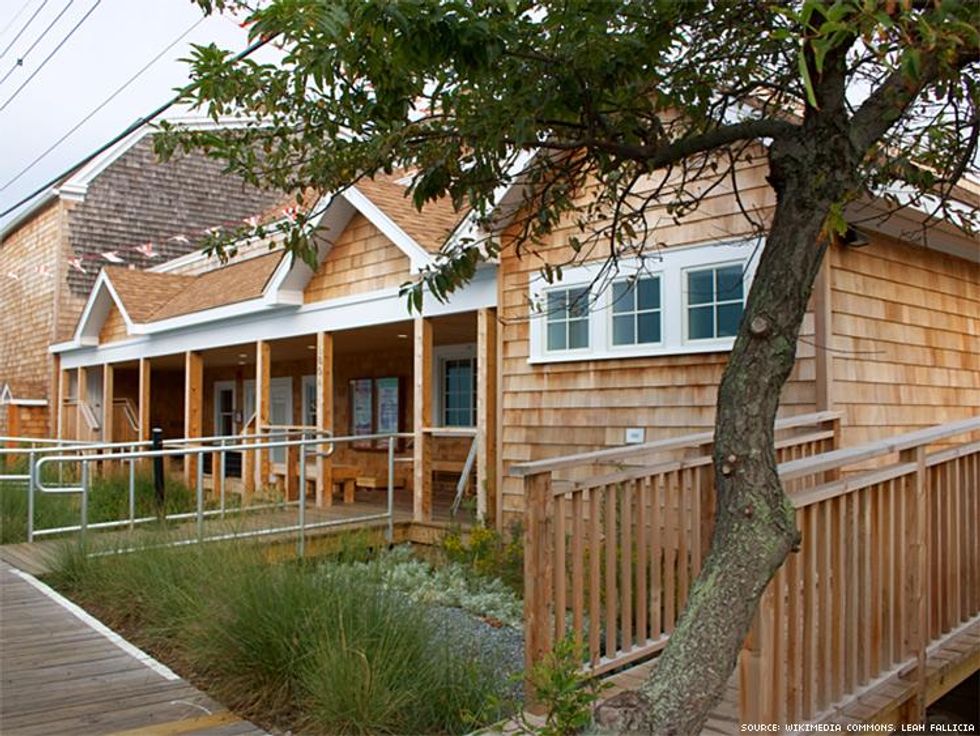
Cherry Grove Community House and Theater, Cherry Grove, N.Y.
Named to the National Register in 2014, this has been a gathering place for residents of Cherry Grove, on New York's Fire Island, since the 1940s. The community house was built in 1944 for the Cherry Grove Property Owners Association, and the theater was added in 1948. "The association influenced the community's development, facilitating gradual social acceptance, self-affirmation, and integration of its gay and lesbian residents into Cherry Grove's governing affairs and civic life," says the Park Service website. And the location provides insight on a pre-Stonewall LGBT community.
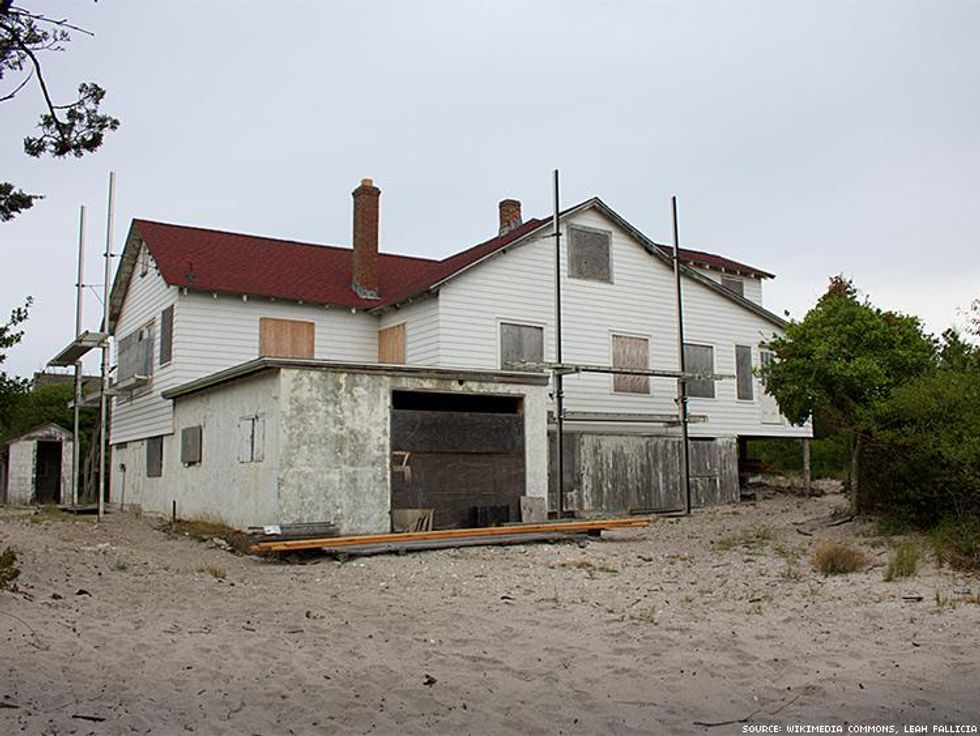
Carrington House, Fire Island Pines, N.Y.
Carrington House is one of the earliest vacation homes on Fire Island -- and it's where Truman Capote wrote Breakfast at Tiffany's. Frederick Marquet, a wealthy straight man, had it built around 1912, but it became a center of gay and artistic life when theater producer Frank Carrington bought it in 1927. Carrington hosted celebrities both gay and straight at the property, including ballet impresario Lincoln Kirstein, designer Bill Blass, fashion photographer Francesco Scavullo, and actors Henry Fonda, Katharine Hepburn, and Gertrude Lawrence. He also added a guesthouse and rented it out; Capote and his partner, Jack Dunphy, rented it in the summer of 1955. During that time, Capote produced "something interesting," as he described it to a friend. It was Breakfast at Tiffany's. Carrington deeded the property to the Park Service in 1969, and it was named to the National Register in 2014.
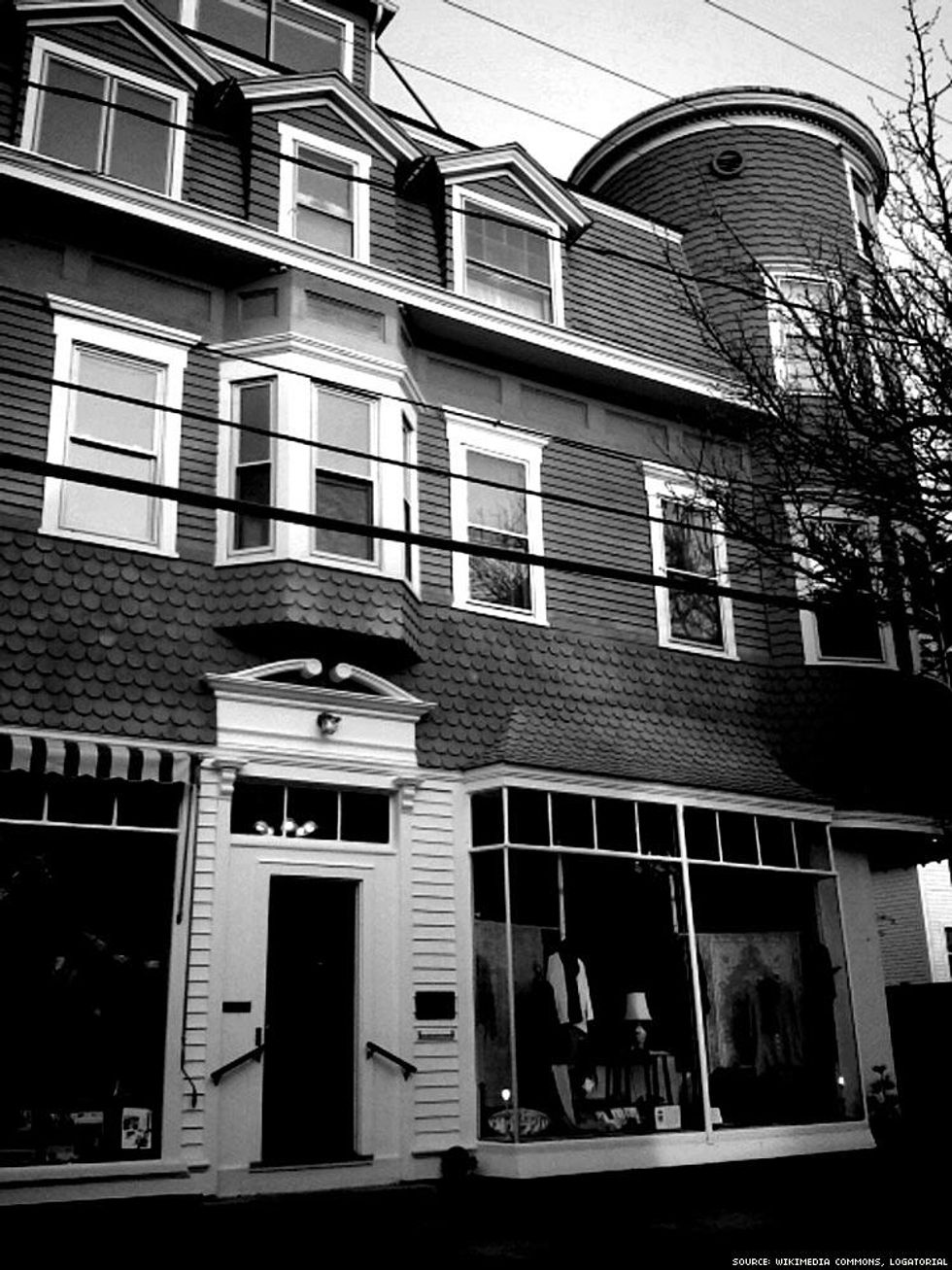
James Merrill House, Stonington, Conn.
James Merrill (1926-1995), a gay man who was one of the most esteemed poets of his generation, lived in this house for 41 years. He is "considered peerless among his contemporaries," according to the Park Service. He wrote 25 books of poetry, three plays, two novels, numerous essays, and a memoir, and he translated other poets' work into French, Portuguese, Dutch and Greek. He received a Pulitzer Prize, two National Book Awards, the National Book Critics Circle Award, the Library of Congress's first Bobbitt National Prize for Poetry, Yale University's Bollingen Prize for Poetry, and the Medal of Honor for Literature from the National Arts Club. His home was named to the National Register in 2013.
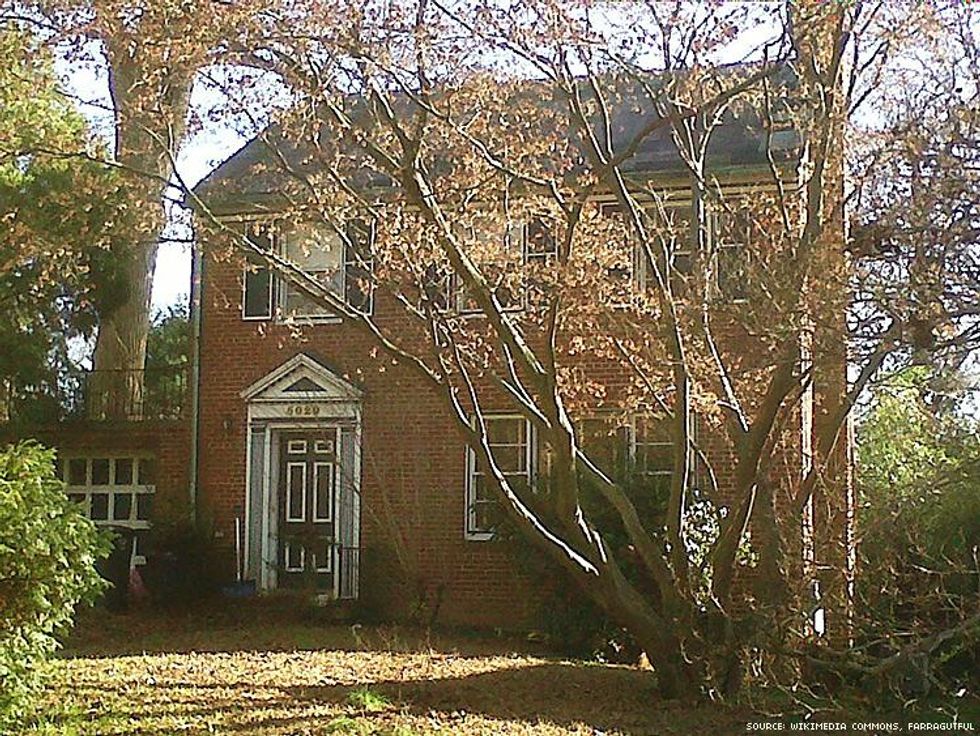
Franklin E. Kameny Residence, Washington, D.C.
Frank Kameny (1925-2011) was a gay rights pioneer. An astronomer, he was working with Army Map Service in 1957 when he refused to answer a question about his sexual orientation. He was fired, because President Eisenhower had issued an executive order prohibiting the employment of gay people by the U.S. government, on the grounds that they posed a security risk. Kameny sued, contending that being gay was no reason to deny a person employment. He didn't win his case, but he laid the groundwork for the eventual reversal of the order (by President Bill Clinton), along with other advances. He cofounded the Washington chapter of the Mattachine Society, an early gay rights group, and was instrumental in persuading the American Psychiatric Assocation to cease listing homosexuality as a mental disorder, an action it took in 1973. He also challenged the military's policy of discharging gay and lesbian service members (long before "don't ask, don't tell"). His home, the meeting place for many activists, was added to the National Register in 2011.
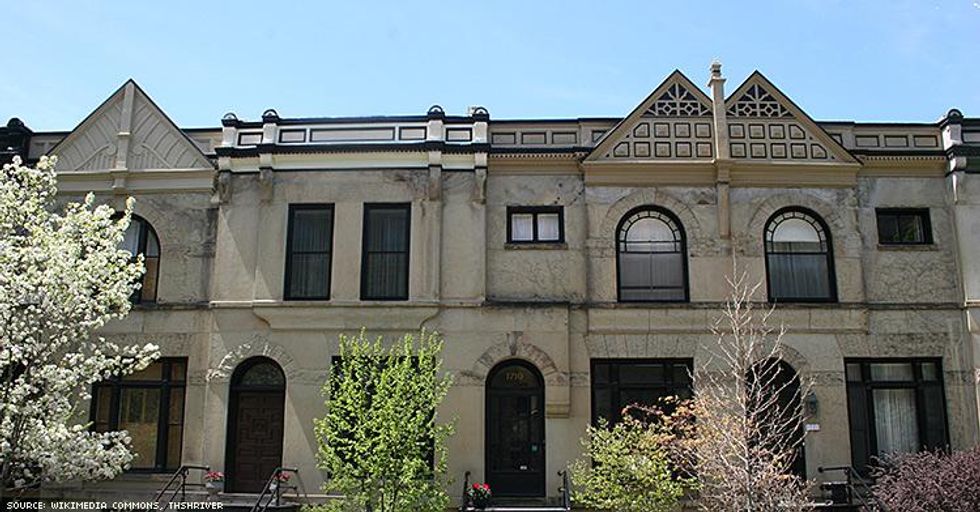
Henry Gerber House, Chicago
Henry Gerber (1892-1972) founded the nation's first gay rights group, the Society for Human Rights, in an apartment in this building in 1924. He had immigrated from Germany to the U.S. in 1913, but in a few years he found himself back in his native country, as part of the U.S. Army occupying forces after World War I. There he was exposed to the early work in gay liberation by Magnus Hirschfeld and others. Returning to Chicago, he sought to create a parallel movement in the U.S. The Society for Human Rights can also be credited with starting the nation's first gay publication, its newsletter, Friendship and Freedom. But the group had to disband in 1925, just eight months after its founding, as the wife of one of the members contacted a social worker, who then contacted police. The police raided Gerber's home and arrested him, along with several others, for "deviancy." The charges against Gerber were eventually dismissed, but he spent his life savings on his defense, and he lost his job with the postal service. He then moved to New York City and rejoined the Army, which was apparently willing to overlook his homosexuality, and served for 17 years. He continued helping his fellow gay men by connecting them through a letter-writing club and publishing numerous articles. He was named to the Chicago Gay and Lesbian (now LGBT) Hall of Fame, the only municipally supported institution of its kind, in 1992. The city's Gerber/Hart Library and Archives, the Midwest's largest circulating collection of LGBT material, is named for him and pioneering lesbian lawyer Pearl Hart. And in 2015 the National Park Service designated his Chicago home as a National Historic Landmark.
Charlie Kirk DID say stoning gay people was the 'perfect law' — and these other heinous quotes